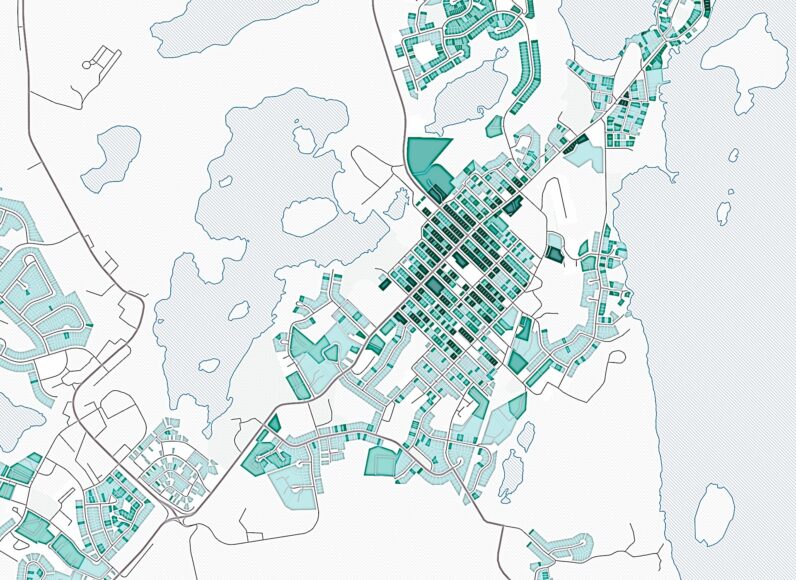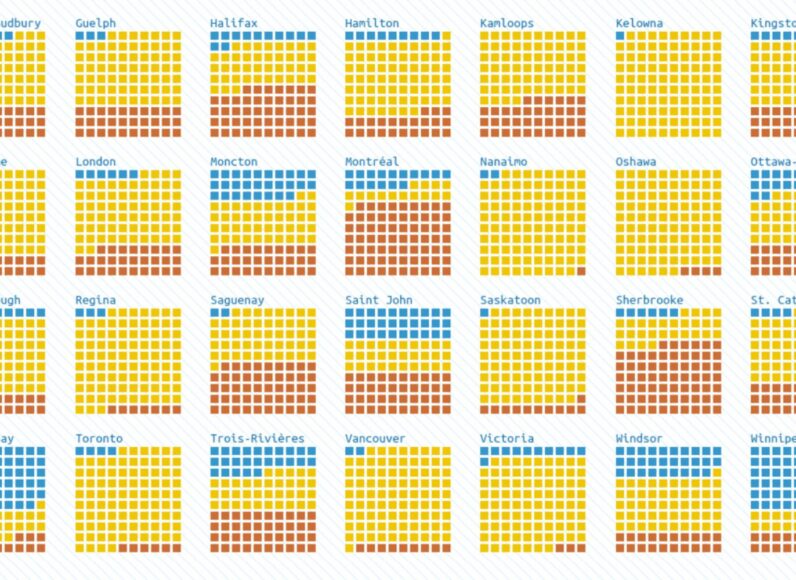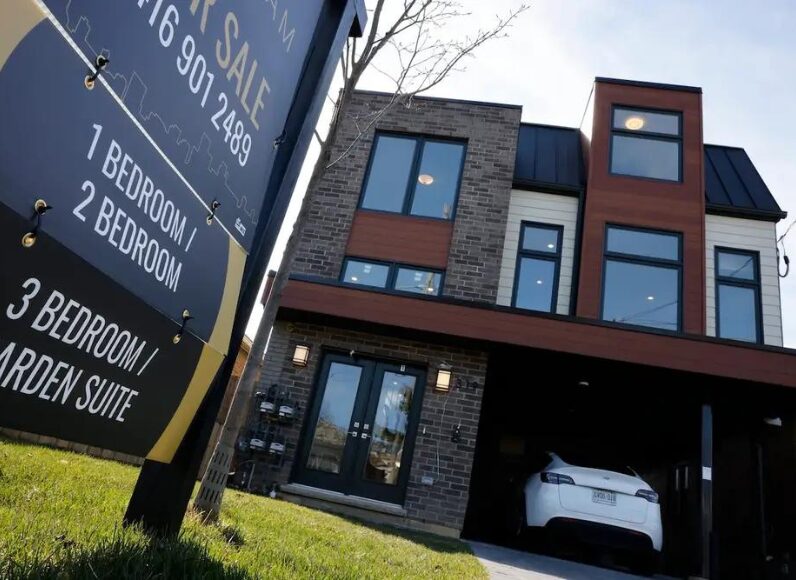Unlike most neighbourhoods of its type in Detroit, the McDougall-Hunt area of the city’s near east side attracts hundreds of thousands of visitors per year. Home to the now-famous-but-once-reviled Heidelberg Project art installation, McDougall-Hunt is not at all like the polished entertainment complex downtown, or the city’s handful of old-money neighbourhoods. It is ground zero for some of the worst housing abandonment in the United States. More than half of the housing that was once standing has been demolished.
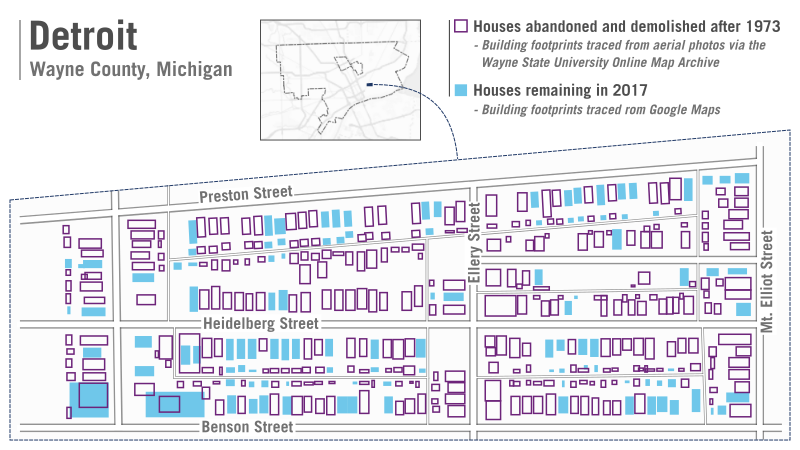
The neighbourhood now looks more like an undeveloped greenfield site in central Michigan than the centre of what was once one of the largest cities in the United States. For many Heidelberg Project visitors, the surrounding environment of abandonment is as interesting as the art itself—indeed this why the Project’s designer, Tyree Guyton, chose to place it there. But while Detroit’s McDougall-Hunt attracts more visitors than other places like it in the American Rust Belt, it is far from unusual. There are at least 269 census tracts in 49 Rust Belt cities that lost more than 50% of their housing units between 1970 and 2010 (Hackworth, 2016a). By comparison, there is not a single Canadian city with even a single tract like this, despite having similar economies (Hackworth, 2016b).
How does a lot become vacant? There are a variety of pathways but the predominant one in the United States is for owners to abandon their home because the taxes owed are greater than the value of the property. While it might seem implausible in the context of a city like Toronto, many houses in Detroit sell for as little as $10,000. Because American cities are often abandoned by their state capitals when it comes to school and infrastructure funding, there is a tendency to over-assess the value of property to make up for the shortfall. That $10,000 house in Detroit might easily accrue $3,000 to $5,000 in property taxes per year. If an owner falls on hard times or simply decides that paying the city half of the value of their house per year in taxes is too much, they might just stop paying taxes. This happens thousands of times each year in Detroit and cities like it. Eventually they are forced out, or see the writing on the wall and leave willingly ahead of time. It can take cities several years to take legal ownership of that abandoned house through tax foreclosure processes. It is common in that time for the house to be stripped of its wiring, piping and any valuable features. Often it is set afire by bored teenagers. In almost all cases, it is unsalvageable so the city demolishes it. Repeat this process thousands of times over and you get neighbourhoods like McDougall-Hunt, where vacant lots are far more common than occupied standing houses.

What does a concentration of vacant lots represent? Despite many voices saying that such demolitions will catalyze regeneration, for the most part they do not, and likely never will. It costs over $250,000 to build a house to code in the United States. Why would a developer or homeowner absorb such cost when there are functional homes being sold for $15,000 on the same block? Vast areas of land vacancy are thus indicators of much more than a temporary downturn in population. They are a signal that the decline in this space is deep and that it is unlikely to be reversed through a conventional influx of people. These are not neighbourhoods waiting for yuppies to close the rent gap with renovations, in part because there is nothing left to renovate.
Scholars, documentarians, and journalists have long noted the prevalence of Rust Belt neighbourhoods with many abandoned lots. And a few conventional explanations have emerged. The most common explanation is that these landscapes are the residue of deindustrialization. As the supply of well-paying industrial jobs collapsed so did incomes, house values, and the desire to stay in the city. Other explanations center on fiscal management—namely the notion that residents fled places like Detroit because they taxed too highly and provided subpar services. Still other explanations focus on over-building of new homes in the suburbs—this flooded the market with hundreds of thousands of newer, larger, less expensive housing units with better services, so residents abandoned their houses in places like McDougal-Hunt for places like Oakland County. These are all clearly important dimensions to the wholesale abandonment of Detroit and places like it, but they are also incomplete. Virtually every central city in the American Rust Belt lost almost all of its mid-century industrial employment (some much more than Detroit), taxes property at a rate higher than the suburbs, and is surrounded by sprawling suburbs who approve building permits with reckless abandon. Yet only a certain subset of those cities look like the east side of Detroit.

What factor is more closely associated with the abandonment of such spaces than industrial employment, fiscal management, or suburban fringe house construction? By far the most closely correlated factor is the presence of Black-majority neighbourhoods after the Great Migration. Whether a city has a single Black-majority neighbourhood like Rochester, or is a virtually-all Black city like Highland Park, Detroit, East Saint Louis, or Chester (Pennsylvania), the correspondence is unmistakable. Places where Black people moved to in greatest numbers have experienced the most severe levels of abandonment in the region. The pattern is most clear in cities that are roughly half-Black/ half-white like St. Louis and Buffalo. Vacant lots are highly concentrated in St. Louis’ north end and Buffalo east of Main Street. Black people live in these spaces because they were originally forced to through a mix of violence, zoning, colluding realtors, landlords, and banks, after they migrated from the American South during the early and middle part of the twentieth century. Once “contained” in these spaces, they were immediately pathologized as a problem by white people, institutions, and officials. The Black neighbourhoods were the first to be razed via urban renewal, thus destabilizing and undermining the modest wealth gains that they had accrued. Black individual and families were steered toward housing and neighbourhoods that were unlikely to gain equity by a series of very organized efforts by real estate agents and landlords. Black households, whether they lived in majority white or majority-Black environments, were unable to get bank loans to improve their properties or buy new ones.
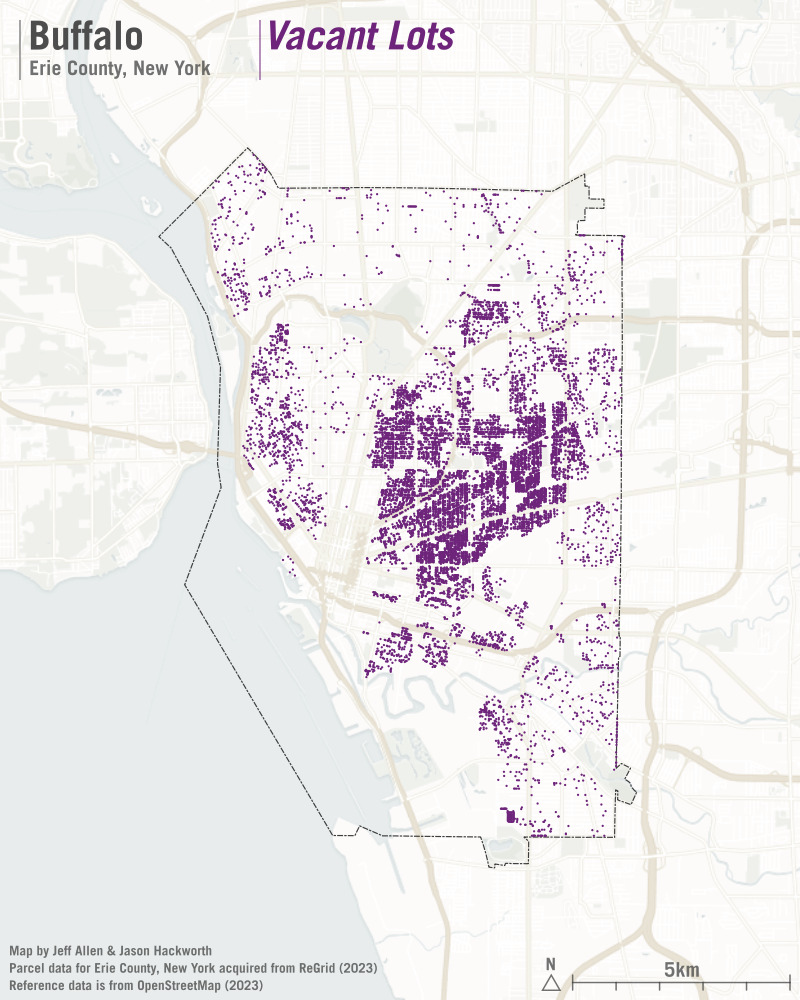
Today, some things have changed, but more has not. Black middle class families that moved to neighbourhoods like McDougall-Hunt in the 1960s and stayed there for a generation found it almost impossible to sell their houses in the 1990s and beyond. White people, though they may strenuously deny it, almost categorically refuse to live in majority-Black environments no matter what their income level. And since the Great Migration has reversed itself, there is no new supply of Black households to purchase these houses. Add to all of this ongoing over-policing and employment discrimination, and a different set of causes for land vacancy emerge. As I write in Manufacturing Decline (Hackworth, 2019), such landscapes are most certainly a sign of deep distress but they cannot be explained via conventional economics. They are less the cause of simple deindustrialization—more the cause of a multi-decade, multi-scale, multi-process form of anti-Blackness aimed at (Black) Great Migrants. The variation in frequency of neighbourhoods like McDougall-Hunt is more associated with the variation in the size of the Black Great Migrant population than it is with the broad forces of deindustrialization, fiscal management, or over-building in the suburbs. In cities with a single Black neighbourhood, the visible abandonment and deprivation is largely contained to that space. But in places that are mostly Black, the reaction by white suburbs, state legislatures, business owners, and everyday citizens was consistent, harsh, and brutal. White people decamped for the suburbs, voted for politicians who sought to punish the Black city, and refused to engage in anything approximating cooperation at the regional scale. And to make matters worse, white politicians and economists built a narrative that blamed the victims. Anti-Blackness is often not given the same level of explanatory power as conventional economic factors for shaping cities, but this and other cases indicate that it ought to be.
References
Hackworth, J. (2016b). Why there is no Detroit in Canada. Urban Geography, 37(2): 272-295.




